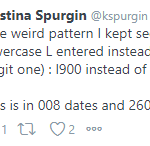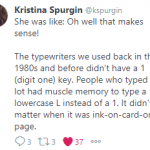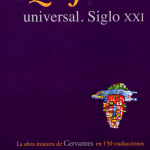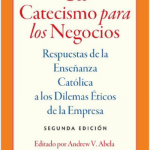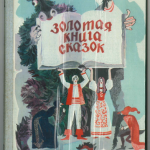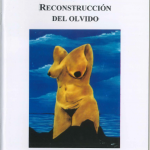Oxidative stress and biomaterials / edited by Thomas Dziubla and D. Allan Butterfield. (OCLC #938383040)
We found brief copy for this title in OCLC, and upgraded it to RDA. One change we made was converting the 260 field to a pair of 264s.
The 260 field may be used to record places, dates, and parties responsible for the publication, distribution, and manufacture of the title, as well as copyright information. This field may be used in RDA records, though several elements map to the same subfields; the RDA toolkit’s MARC Bibliographic to RDA Mapping says that ǂa, ǂb are for publication and distribution information, and ǂe, ǂf are for production and manufacture information.
The 264 field may also be used to record the data above, but in a more granular/specific way: the second indicator specifies whether its 264 field is about production (0), publication (1), distribution (2), manufacture (3), or is a copyright date (4).
While upgrading records to RDA, I always convert existing 260s to 264s to record the most specific information I can while I have the piece in hand, using multiple fields if needed:
264 _1 ǂa Amsterdam : ǂb Elsevier Academic Press, ǂc [2016]
264 _4 ǂc ©2016
